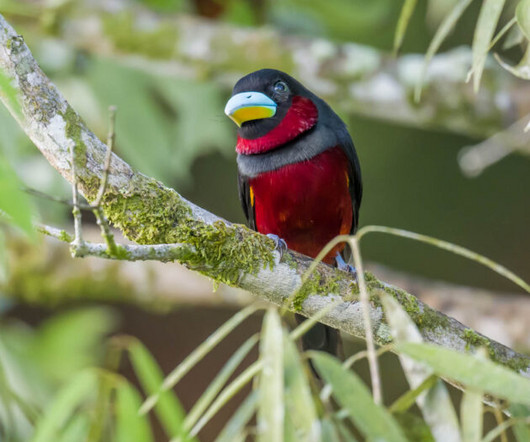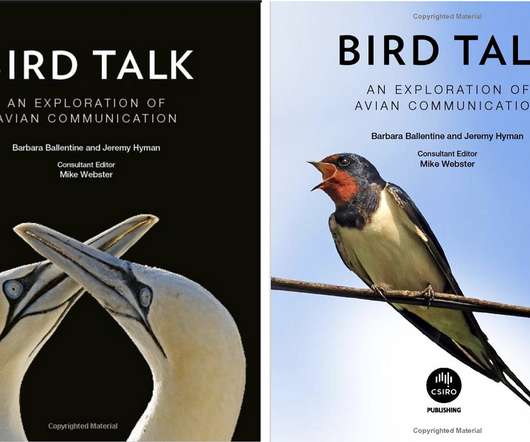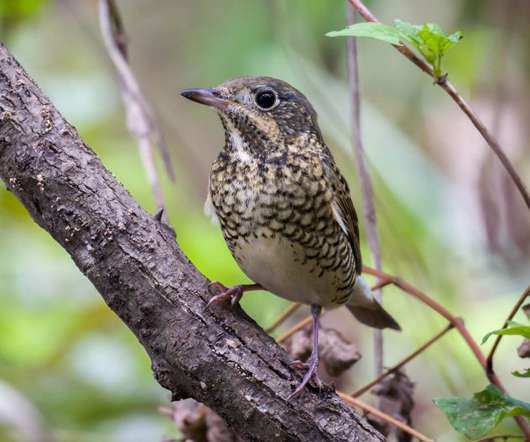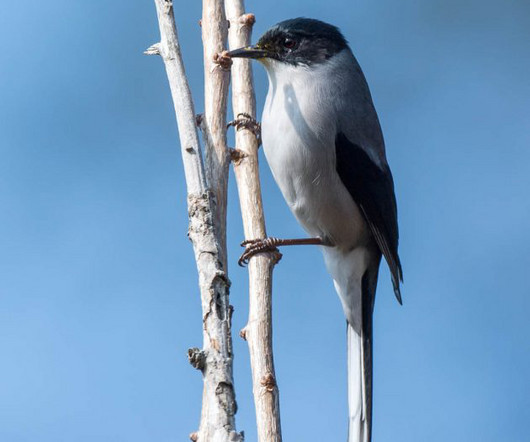Birding Sepilok, Borneo (Part 2)
10,000 Birds
NOVEMBER 13, 2023
The species is classified as Near Threatened for all the usual depressing reasons – pollution, drainage, hunting, and the collection of eggs and nestlings ( source ). They are also quite catholic (sorry, I really like this word) in their prey selection, feeding on 17 different species of fish and prawn in the study cited above.












Let's personalize your content